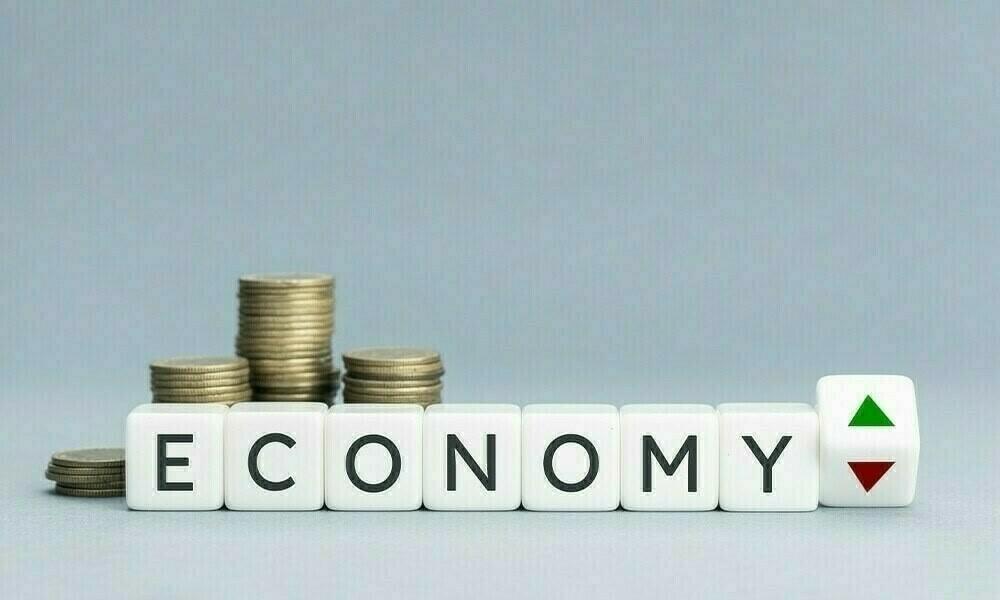
The State Bank of Pakistan's recent rosy assessment of the economy paints a picture of recovery, but a closer examination reveals troubling fault lines beneath the surface. While key indicators show improvement, their sustainability remains precarious—tethered to external lifelines and masking deep structural weaknesses that continue to plague the nation's economic foundations.
The Remittance Mirage
Remittance inflows have reached record levels, significantly outpacing export earnings. While this provides much-needed foreign exchange, it represents a double-edged sword:
- Seasonal factors and border closures artificially inflated recent numbers
- The growing reliance on remittances over exports exposes long-term vulnerabilities
- The failure to develop competitive export industries leaves the economy hostage to diaspora generosity
This imbalance should alarm policymakers. Rather than celebrating the symptom (remittance inflows), we must address the disease (an uncompetitive export sector).
The Illusion of Inflation Control
Officials boast of single-digit inflation, but this stability is:
- Artificially maintained through administrative controls
- Highly vulnerable to food price shocks and energy tariff adjustments
- Meaningless to most citizens amid stagnant wages and soaring poverty
The World Bank's shocking 42% poverty rate statistic reveals the truth: price stability alone cannot compensate for decades of economic mismanagement that have eroded purchasing power.
The IMF Sword of Damocles
The much-touted foreign reserve improvements rely entirely on:
- Rollovers from friendly nations contingent on IMF compliance
- Brutal austerity measures that disproportionately burden the poor
- Unfulfilled tax reform promises, particularly regarding trader and agricultural income taxation
This is not stability—it is economic coercion by installment. The moment Pakistan stumbles on IMF conditions, this house of cards could collapse.
Manufacturing's Persistent Slump
While surveys suggest improved business confidence:
- Large-scale manufacturing continues its multi-year decline
- Textiles and pharmaceuticals cannot compensate for broader industrial weakness
- Private sector wage freezes undermine consumption-led growth
The disconnect between sentiment surveys and hard data suggests either wishful thinking or deliberate obfuscation.
The Myth of "Achieved" Stability
True macroeconomic stability requires:
✔ Self-sustaining growth beyond IMF life support
✔ Equitable distribution of economic gains
✔ Productive job creation beyond subsistence-level employment
Until these fundamentals are addressed, Pakistan's economic recovery will remain a statistical artifact rather than a lived reality for its citizens. The current path risks not just economic stagnation, but social explosion as inequality reaches breaking point.
The question isn't whether stability has been achieved—it's what kind of stability we can afford, and who gets to enjoy it. So far, the answer remains deeply troubling.


